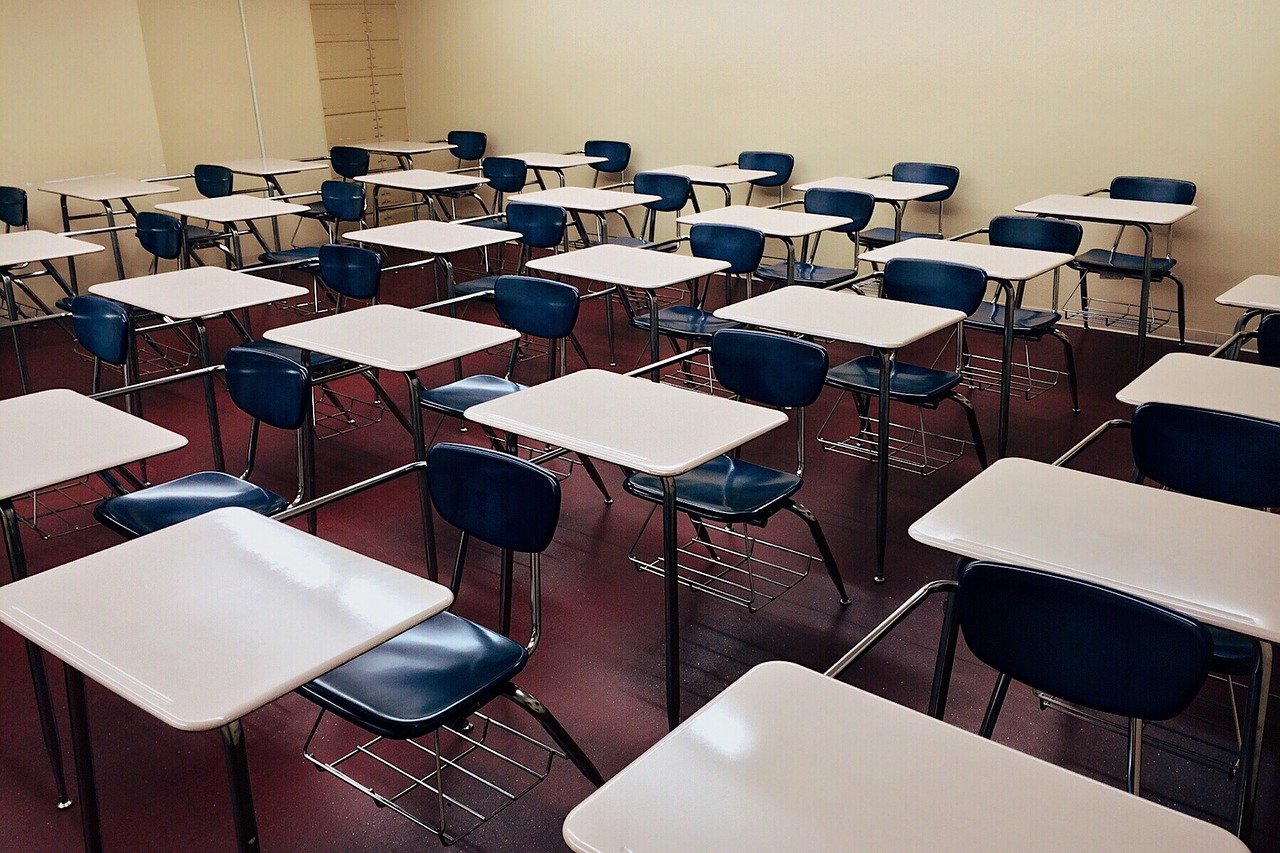5 Tips for Tackling Classroom Redesigns
Creating learning spaces that are accessible for students with specific needs almost always leads to positive outcomes for all learners

Most of us prefer to watch people fix up their homes instead of having to tackle it ourselves. Like a lot of people during the pandemic, however, tech director Andy Wallace used the time to continue refreshing instructional spaces in South Portland Schools. He and his team used emergency funding to update classrooms with a focus on equity, access, and voice.
For their exceptional work, Wallace received a Boston Tech & Learning Innovative Leader Award for Most Innovative Learning Spaces.
Wallace shares some takeaways from the classroom redesign experience.
Nominate someone for the Tech & Learning Innovative Leader Award here

1. Start with the Universal Design for Learning (UDL) framework. “We first explored mobile height/tilt adjustable mounts [for interactive panels] when a student who uses a wheelchair was unable to engage with the fixed, wall-mounted interactive whiteboard,” says Wallace. “We were pleasantly surprised to see ways in which students and teachers used this solution. Creating learning spaces that are accessible for students with specific needs almost always leads to positive outcomes for all learners.” The district’s 75-inch interactive panels can tilt, move up and down, or be used as a table.
2. Talk to your users. Often, district leaders make decisions in a vacuum, which doesn’t go well. As Wallace says, “It may sound obvious, but ask your teachers how they use their space to determine how technology can best complement their teaching style. Teachers know the flow of their classroom, and some of the best ideas on how to use technology come from the classroom practitioners.”
For example, Wallace learned that interactive whiteboards (IWBs) had been mounted too high for many students to reach—and often in a spot that didn’t work for all teachers—so he looked for a solution to address that. Because their interactive panels are on carts, the devices can serve as an activity center, or be repositioned anywhere in the room to accommodate a variety of teaching and learning styles. Lots of options equals happier users.
Tools and ideas to transform education. Sign up below.
3. Focus on the basics. Wallace admits that large panel displays catch the eye, but improving classroom audio has yielded significantly higher gains. “Thanks to the audio improvements we made, teachers have increased speech intelligibility and their students acquire information more easily,” he says.
Research shows that 30 percent of students have an undiagnosed auditory processing disorder; finding solutions to address that challenge brings positive results.
4. Share the air. Traditional classrooms focus on a teacher’s voice, but the audio pucks in South Portland classrooms give all members of the classroom an equal voice. By distributing audio voice, all students can equitably share their stories, experiences, ideas, and opinions.
5. Create buy-in. “Sometimes teachers are uncomfortable with technology, especially if you ask them to wear something that captures their every word,” says Wallace.
One way to address this is by sharing success stories and connecting the less-enthusiastic teachers with colleagues who can share the benefits of the solution. “Once you understand the educational benefits of a solution, it’s much harder to opt out,” he says.
